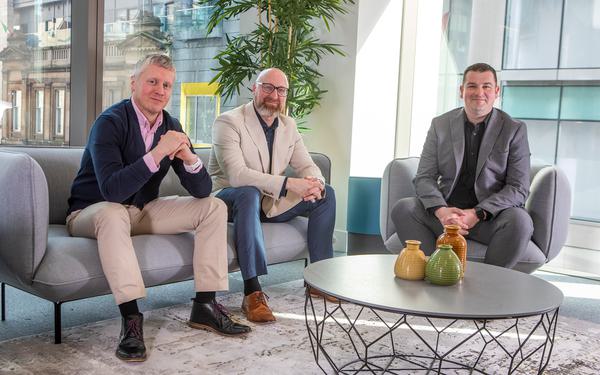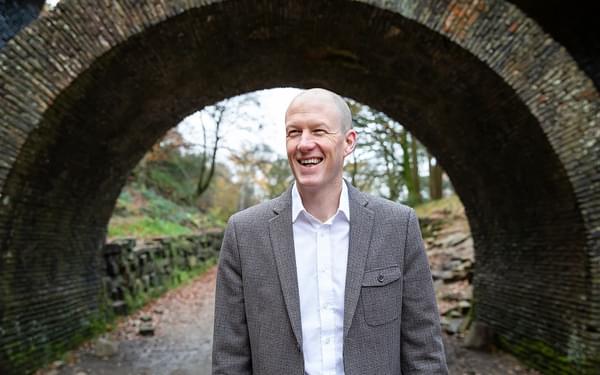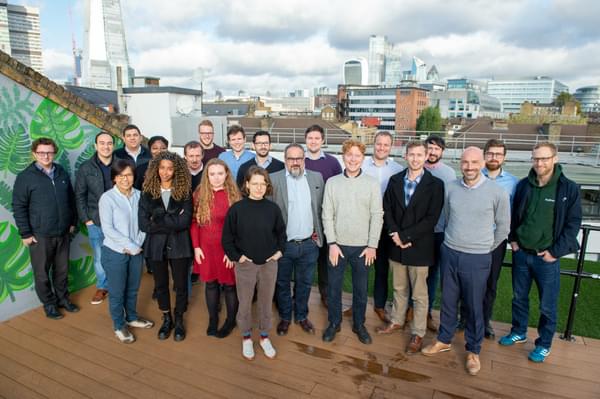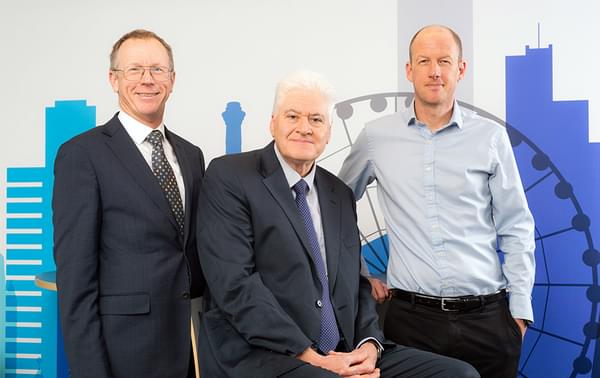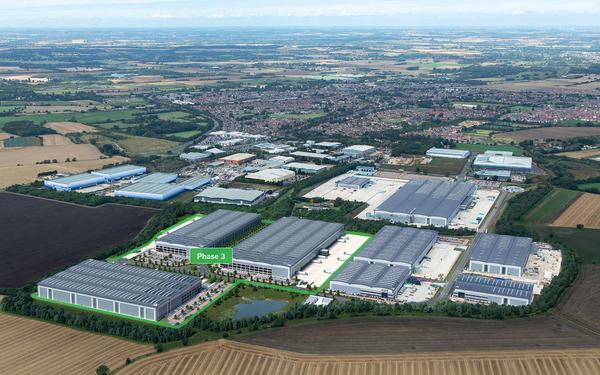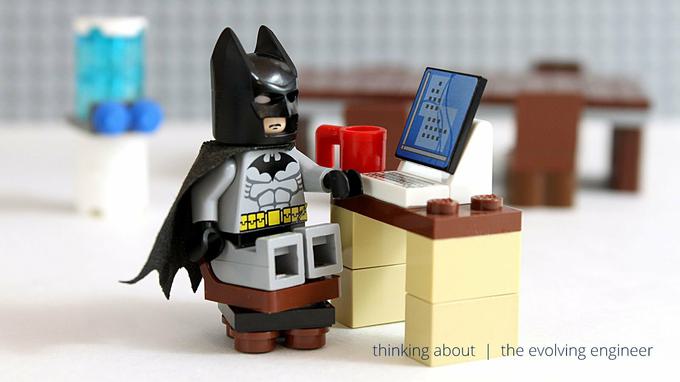
Whenever you glance through your latest issue of an engineering or construction magazine, you can’t help but have a quick scan of the latest job descriptions to see what’s in demand. Curiosity is a part of our human nature - remember that. More and more you’ll notice all the buzzwords for Building Information Modelling springing up in job descriptions. BS1192. COBie. EIRs. Some of the most common you’ll see is Revit and Navisworks, but ultimately the description requires proficiency in some form of building information modelling software. Why? Should a technician be doing this?
This is where part of BIM’s wider ethos comes in, and it comes down to efficiency. If an engineer is creating a data-rich model within this type of software, modelling as they design, then an obvious problem is avoided: ideas getting lost in translation. The avoidance of providing designs to a colleague to model means the avoidance of misrepresentation and mismanaged expectations.
As our engineers become more and more seasoned in use of BIM, it becomes the engineer that uses the model to communicate their solutions to stakeholders and team members in design meetings; it becomes the engineer that runs through clash detection and identifies ‘pinch points’ within the design, meaning a leaner process.
But we need to consider the whole picture. If Building Information Modelling allows us to output designs with greater ease and more intelligence, then what happens if this progresses to the point of technological singularity (the theory that machine intelligence could surpass the productivity and intelligence of humans) - especially if we use programming to streamline data processing using formulae we could otherwise carry out ourselves, on paper.
The use of data will become more important than ever, as the availability of user data collected by corporations and government bodies is made easier through wearables ranging from temperature to location that can inform a building management system to respond to users’ needs in real-time.
How can we, as humans, compete with a modelling program that is capable of developing thousands of different solutions for the simple task of arranging rooms within a building once the code is developed? Rather scarily, it’s already here (via Project Fractal from Autodesk). But as humans and designers, we still need to input into the concept and design. We are the creative thinkers with the power of thought. Could a machine realise the excitement of a client when the vision is exactly how they imagined it to be?
This article was written by Lewis Cullinane, BIM Manager, as part of a wider series of thought pieces.
Explore related
- News

Sadaf Askari comments in BE News: EPCs are a blunt instrument in a very large toolbox
Read more- News

Fire safety guru Ryan Hilditch appointed to lead Hydrock international fire safety division expansion down under
Read more- News

Data centres, fire risk and the digital golden thread of information: Hydrock contributes to Fire Middle East
Read more- News

Peter Sibley comments in Building Magazine: Will Sunak’s ‘plan for growth’ be a magnet for future investment?
Read more- News

Celebrating International Women in Engineering Day 2023: A journey of empowerment and growth
Read more- News

Hydrock strengthens national MEP division with new healthcare sector lead: Accelerating innovation in sustainable healthcare engineering
Read more- News

Ric Hampton comments in Property Week: The state of the UK’s film and TV studio market
Read more- News

Hydrock adds leading technical specialist to its civil and structural team in Yorkshire
Read more- News

Simon Cole joins Hydrock as leading technical specialist for Geo-Environmental and Geotechnical division
Read more- News

Hydrock engineer Chris Jones featured in Building Magazine covering how data centres can help save energy
Read more- News

Hydrock engineer Chris Jones covers ‘risk versus reward in data centres’ for Property EU
Read more- News

Double hire for Hydrock as experts in data centres and building physics join the business
Read more- News

Former KPMG Partner and Board Member, Ronnie McCombe joins Hydrock as Non-Exec Chairman
Read more- News
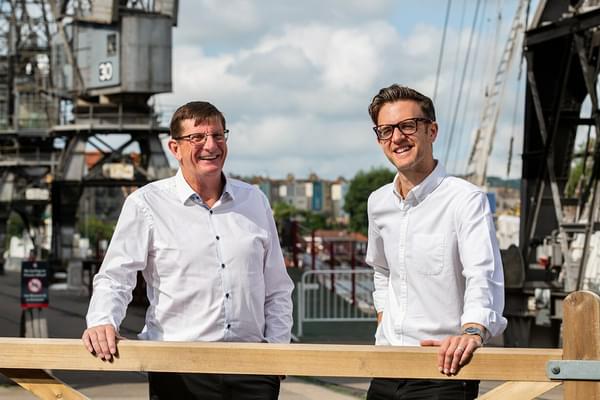
Industry-leading clean energy specialist joins Hydrock to power growth of Smart Energy & Sustainability business
Read more- News

Rapidly expanding Smart Energy team hires international expert in decentralised energy
Read more- News

Hydrock Nuclear divisional director, Peter Sibley, appointed to Nuclear Industry Council
Read more- News

From History Graduate to Utilities Consultant: My unexpected route into engineering (as a girl)
Read more- News

Lights, Camera, Action! Sunderland gets set for Hollywood with planning approval of Crown Works Studios
Read more- News

